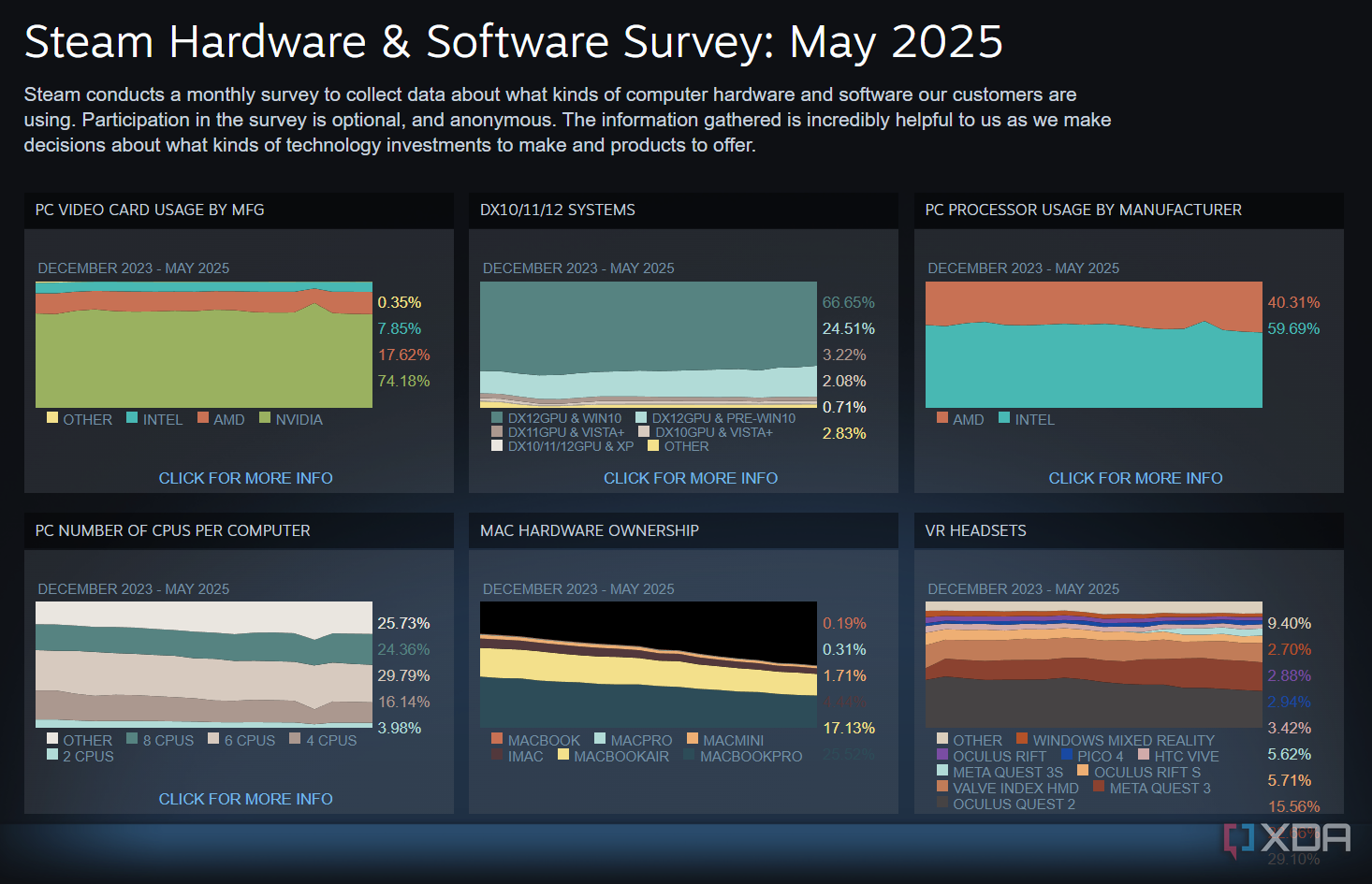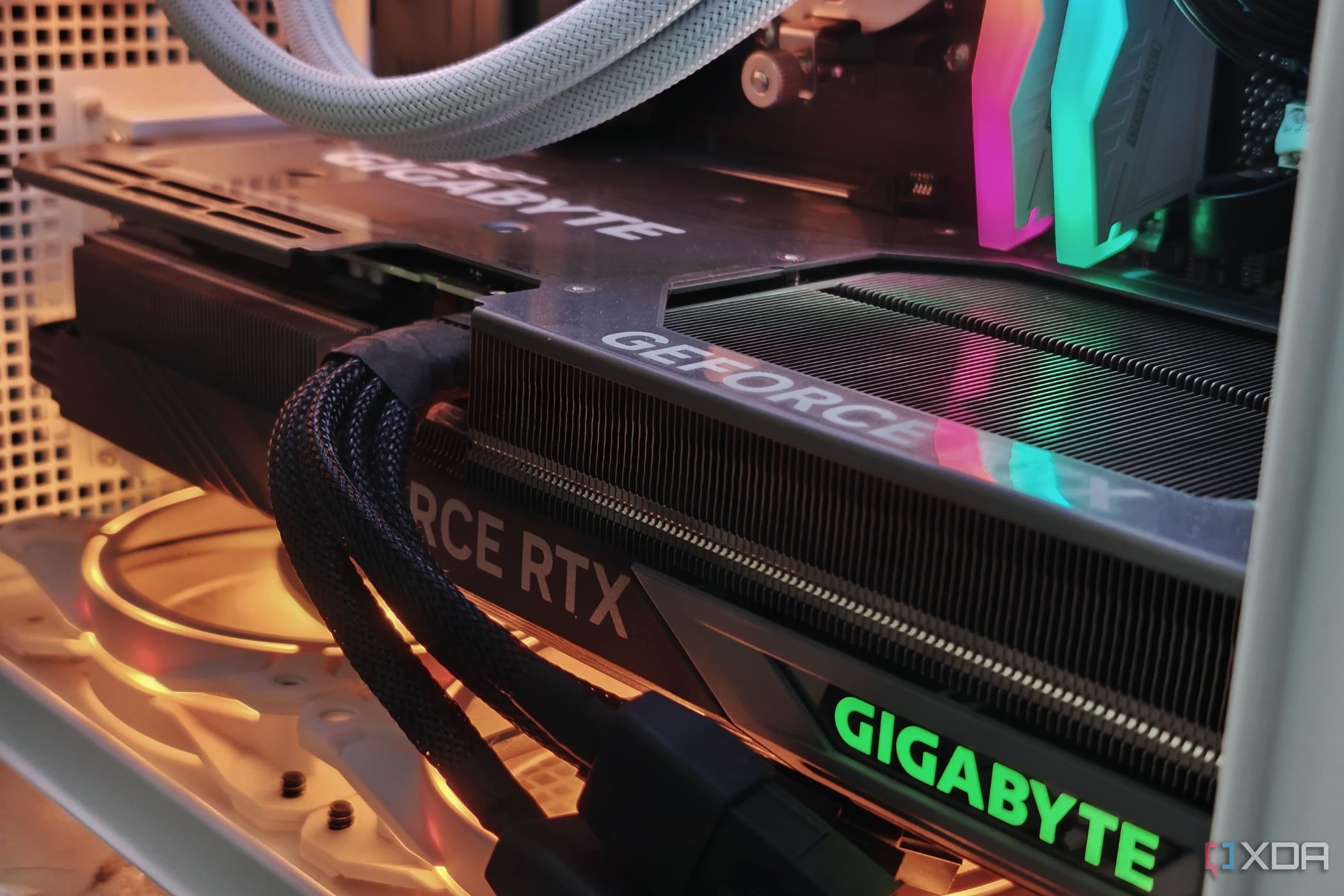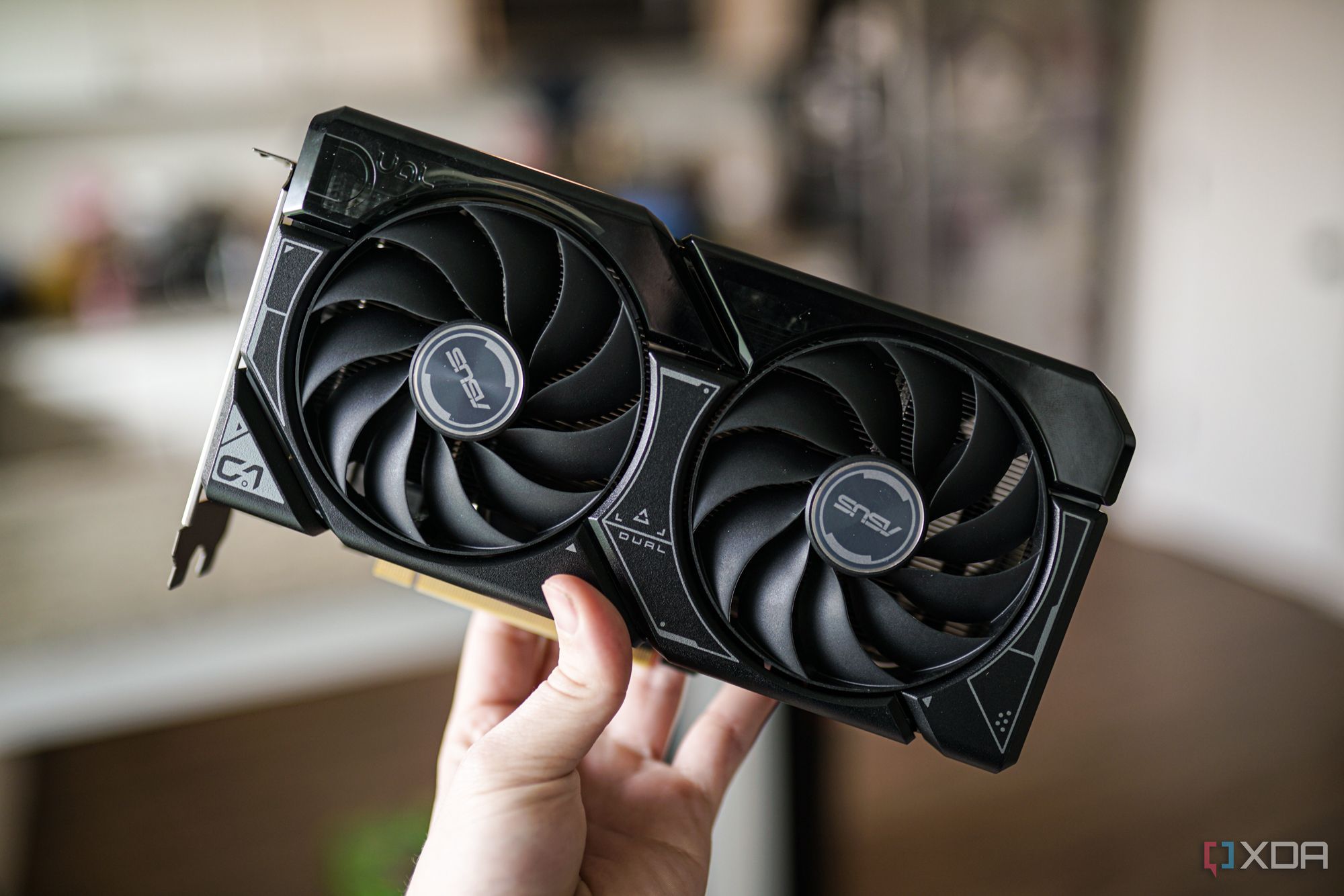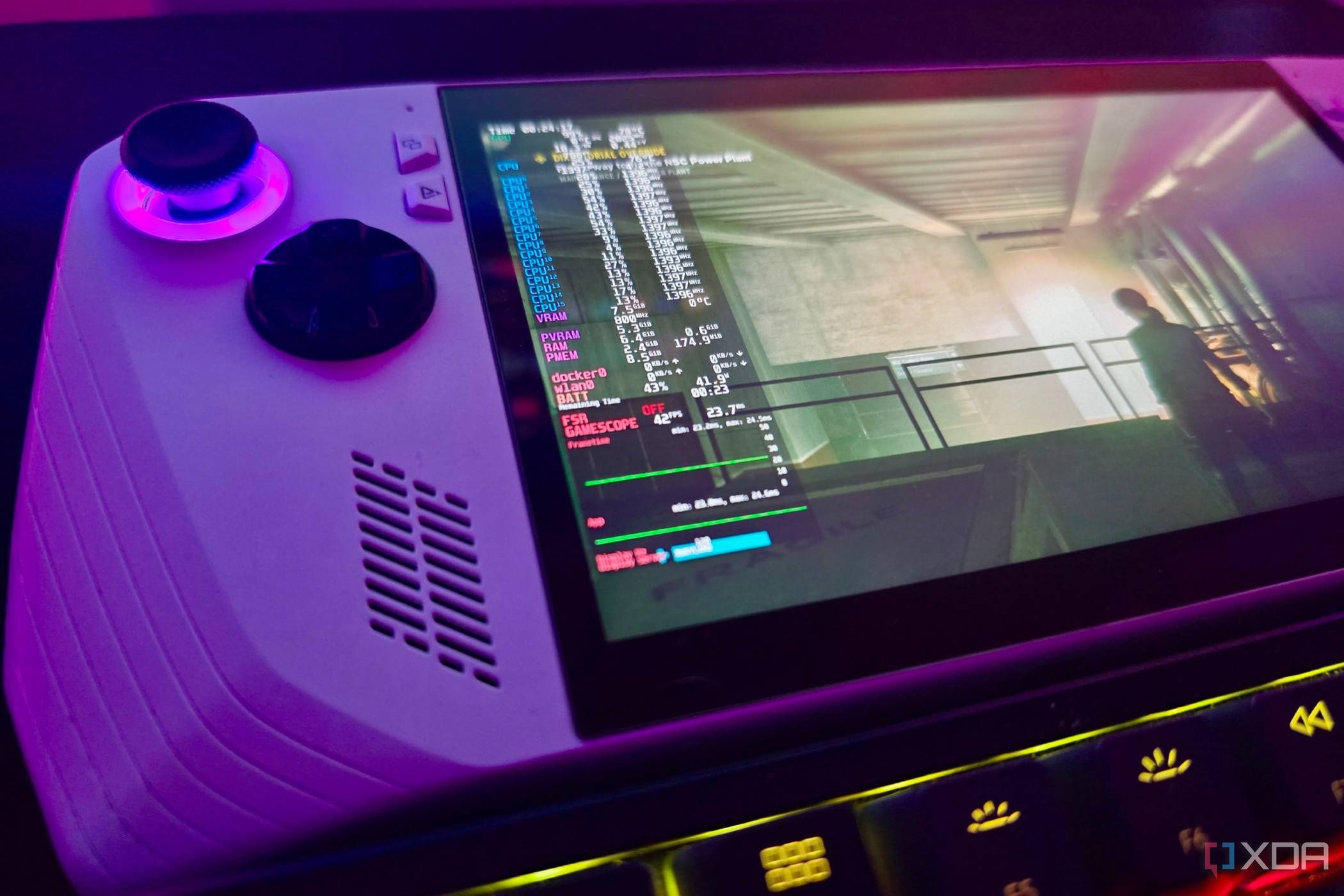If you're someone like me who keeps track of popular PC hardware trends, chances are you've gone through Steam's monthly hardware survey at some point. I used to check it at least a few times a year to know what graphics cards most gamers have in their builds. It also came in handy as a point of reference whenever I was writing about gaming and PC hardware in general. After all, it's a massive data set pulled from millions of Steam users, right?
Recently, I started noticing a few weird patterns in the statistics, so I decided to look into it. After browsing various Reddit threads, I learned that the data isn't as straightforward or reliable as it seems. I'm not saying the survey is pointless, but it's not something I'd trust for making smart purchases or judging hardware popularity. So, before you quote Steam's hardware survey as proof of popularity in the comments section again, let me walk you through a few things I learned along the way.
3 Steam doesn't survey every gamer
Your hardware might not be represented at all

When I first started trusting Steam's hardware survey, I assumed that it included every user who installed Steam on their PC. It seemed logical that a platform with millions of users would use comprehensive data gathering methods. But unfortunately, that's not really the case. I learned recently that Valve randomly selects a bunch of users and invites them to participate in the survey at the beginning of each month. That got me thinking—how many times has that survey even popped up for me since I started using Steam in 2012? I could probably count it on one hand.
This means that your gaming PC may not even be counted in the results. Think about it: if you're a high-end gamer using an RTX 5090, your hardware could be completely missing in the monthly data. And let's not forget that the survey is optional. Users can always choose not to participate, which further skews the results toward those willing to click "Yes" when they get the pop-up. I'm sure Steam keeps the survey optional for privacy reasons, but the randomness introduces a significant bias nonetheless—it can easily overlook a big chunk of active users.
2 Regional biases impact results
Asian cybercafés can skew hardware statistics

I was always under the impression that Steam's hardware survey provided a balanced view of PC hardware trends globally, considering the platform's unmatched popularity. However, I overlooked just how uneven Steam's user base is across various regions, which can skew the big picture. Countries like China, Russia, and Brazil represent a huge chunk of active Steam users, but their hardware preferences and economic conditions are drastically different from places like the US, UK, Europe, and Australia.
More importantly, cybercafés are very common in Asian countries, and they often use low-end to mid-range PC setups to be cost-effective. Anyone who visits these cybercafés can log on to Steam using their accounts, participate in surveys when they show up, and make it seem like budget components are far more popular worldwide than they actually are among home PC users. A gamer living in North America or Europe could easily get misled if they rely on Steam's hardware survey to gauge popular hardware configurations.
1 Popularity doesn't make hardware good
Sometimes, the most-used hardware is also the most hated
I used to think Steam's hardware survey chart told us which products gamers love and spend their hard-earned money on. But that changed when I started seeing the RTX 4060 in the top three. I still remember how poorly that card was received by both critics and gamers alike. Most people didn't like that the GPU had only 8GB of VRAM, which isn't enough for high-resolution gaming in 2025. At the same time, it's the cheapest desktop RTX 40-series GPU you can buy. So, it makes sense why budget gamers would pick it up regardless of how good or bad it was.
This is exactly why you shouldn't confuse an installed base with actual preference. Just because so many people own a low-end GPU doesn't mean they like using it. It might simply be cheap, bundled with a prebuilt PC, or the only viable option for budget laptops. That's why mediocre GPUs like the RTX 4060 keep gaining ground despite loud criticism from PC enthusiasts online. As it stands, Steam's hardware survey shows affordability and availability of PC components far more than actual performance satisfaction.
Treat Stream's hardware survey as a rough guide, not gospel
As you can tell by now, Steam's hardware survey data, despite its apparent legitimacy, has its fair share of caveats. I'm not saying I've completely stopped using it for reference. After all, it's still one of the few publicly available resources that attempts to track what gamers are using around the world. But it's far from the definitive resource many of us believe it to be. Trusting it blindly is a quick way to end up with buyer's remorse. So before you base your next PC build on that data, take a moment to consider its limitations. That way, you'll make more informed decisions and avoid the kind of misconceptions that misled me early on.

Related
7 worst purchase decisions to avoid when building a gaming PC
Some mistakes are minor, but these PC building purchase decisions are anything but
.png)












 English (US) ·
English (US) ·